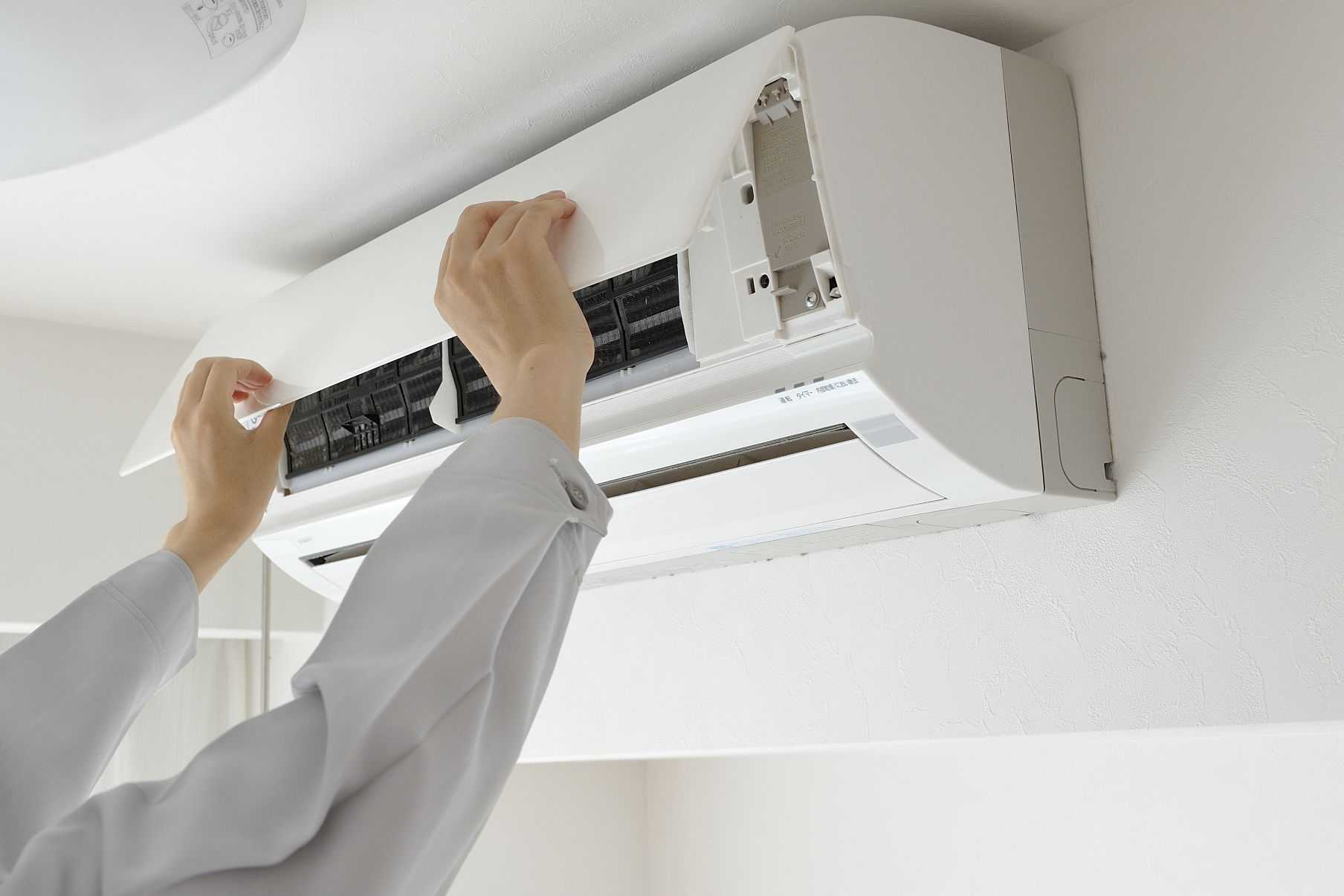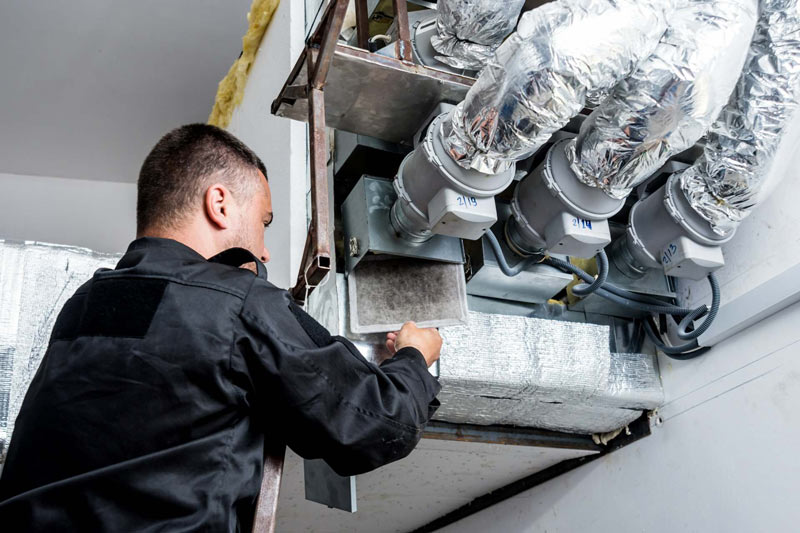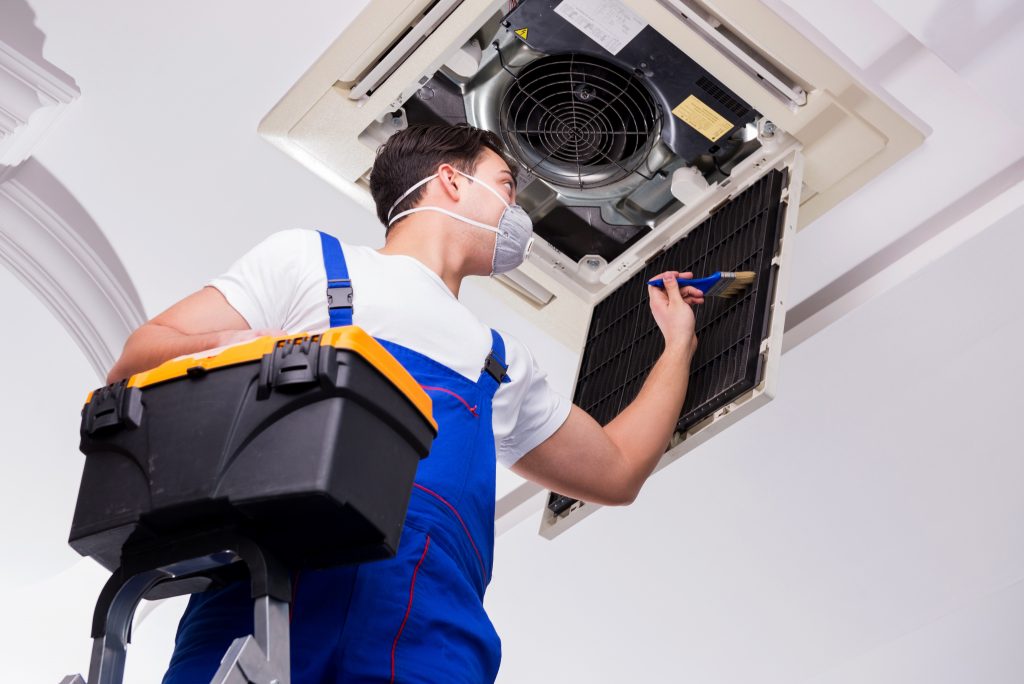The History of Air Conditioning
Air conditioning is a process that uses refrigeration to cool and dehumidify the air. This process was first developed in the early 19th century by American scientist John Gorrie. His goal was to create cool air for patients with yellow fever. The first air air conditioning systems were large, bulky machines that were used to cool buildings.
In 1902, Willis Carrier developed the first modern air conditioning system. Carrier’s air conditioner used a compressor and a refrigerant to create cool air. The compressor pressurized the refrigerant, which caused it to turn into a gas. The gas then passed through a coil, where it cooled and turned back into a liquid. The liquid then passed back through the compressor, where it was pressurized again.
From the early 1900s until the 1950s, most homes didn’t have an air conditioner because they were too expensive. On top of that, electricity wasn’t as common as it is today. During this time period, many people cooled their houses with a fan or a block of ice on a metal plate in front of a window.
In the 1940s and 1950s companies began making more affordable home-use air conditioners. These first-generation home air conditioners had several drawbacks though: they weren’t very powerful and they weren’t energy efficient. In addition, some homeowners reported that these air conditioners sometimes leaked water, which damaged their furniture.
The next big leap in-home air conditioning came in the 1960s. The “air-source heat pump” was invented by two engineers named James Raddin and Daryl Chaplin. This new device cooled homes without needing an external power source like a compressor. Instead, it harnessed the heat from the outside to cool the inside of homes. It worked by pumping refrigerant into coils that ran along the warm side of the machine, where it picked up warmth from outside and then pumped that warmth into the house. This process cooled both ends of the machine at once instead of only cooling one end as compressors did.
This advance meant homeowners could now buy affordable air-conditioning units to cool their entire home. This advance revolutionized the American housing market. Many companies began selling heat-pump air conditioners as a way to offer consumers more affordable cooling options without sacrificing quality or style.
Today, that energy-efficient technology is still used in most modern air conditioners and refrigerators. Thanks to Carrier’s work at General Electric and Raddin and Chaplin’s modification of his original idea, we were able to create more powerful and comfortable homes throughout North America.
How does air conditioning work
Air conditioning systems work very much in the same way as a domestic refrigerator or freezer, with the same basic components.
The main difference is that air conditioners are designed to cool a much larger space, and they do so using a different refrigerant gas.
Here’s how it works:
- The air conditioner’s compressor pumps a special refrigerant gas around a loop.
- This refrigerant gas absorbs heat from the air inside the room and becomes a hot, high-pressure vapour.
- The vapour is then passed through a condenser, where it is cooled and turned back into a liquid.
- The now-cooled liquid passes through an expansion valve, where it expands and evaporates into a low-pressure vapour.
- This low-pressure vapour is then passed through the evaporator coil, where it absorbs heat from the air in the room and turns back into a liquid.
- The cycle then starts again as the refrigerant gas is drawn back into the compressor.
As the refrigerant gas passes through the system, it absorbs hot air from the air inside the room and releases it outside. This process continues until the temperature inside the room reaches the desired level.
The main components of an air conditioning system are the compressor, condenser, expansion valve and evaporator coil.
The compressor is a pump that circulates the refrigerant gas around the system.
The condenser is a heat exchanger that cools and condenses the hot air, high-pressure vapour into a liquid.
The expansion valve is a device that regulates the flow of refrigerant gas into the evaporator coil.
The evaporator coil is a heat exchanger that evaporates the low-pressure refrigerant gas into a vapour. It is located at the indoor unit of a split-system air conditioner.
Benefits of air conditioning
Air conditioning provides a number of benefits for both homes and businesses. Some of the key benefits include:
- Air conditioning can help to reduce energy costs by cooling down a building or home.
- Air conditioning can improve the comfort of space by cooling it down and removing moisture from the air.
- Air conditioning can help to protect property from damage by cooling it down during extreme weather conditions.
- Air conditioning can help to create a more productive work environment by keeping employees cool and comfortable.
- Air conditioning can help to make sure products and supplies arrive at their destination in good condition.
Air conditioning installation tips
When installing air conditioning in your home, there are a few things you should keep in mind. The first is that you should choose a unit that is the right size for your space. You don’t want to buy an air conditioner that is too small, because it won’t be able to cool your home effectively. You also don’t want to buy an air conditioner that is too large, because it will use more energy and cost more to operate.
The second thing you should keep in mind is the placement of the air conditioner. You want to make sure that the unit is in a spot where it will get good airflow and where it will be able to drain any water that accumulates. You also want to make sure that the unit isn’t sitting in direct sunlight – this can cause it to break down faster.
Air conditioning maintenance tips
You should keep in mind is that you need to clean the air conditioner regularly. You’ll need to change its air filter once a month, and you may also want to wash off any dirt, dust or other contaminants from the outside of the unit. If your air conditioning system has a drip pan, make sure to check it regularly and empty out any excess water. Changing these parts on a regular basis will help reduce wear and tear on your air conditioner, making it more likely that it will last for many years.
Washing off any dirt, dust or other contaminants from the outside of the unit. This will help keep it running smoothly. Make sure that the coils are clean and free of debris. Coils that are clogged with dirt or dust will not be able to efficiently cool your air conditioning system.
Conclusion
The main benefit of air conditioning is that it can help to protect property from damage by cooling it down during extreme weather conditions. Air conditioning installation tips should be considered when installing your unit in order to make sure you are protecting the device and not putting yourself at risk for damages or hazards. Some important considerations include choosing a size appropriate for one’s space, ensuring airflow around the system, and regular maintenance tasks such as changing filters monthly. The key takeaway here is that with just a few simple steps, you can ensure the safe use of an air conditioner while also maximizing its benefits! Contact us today if you are in need of air conditioning installation.




